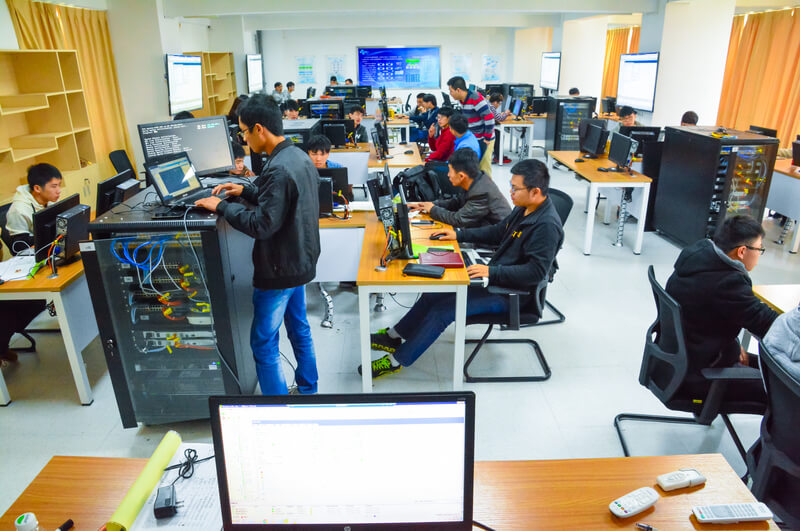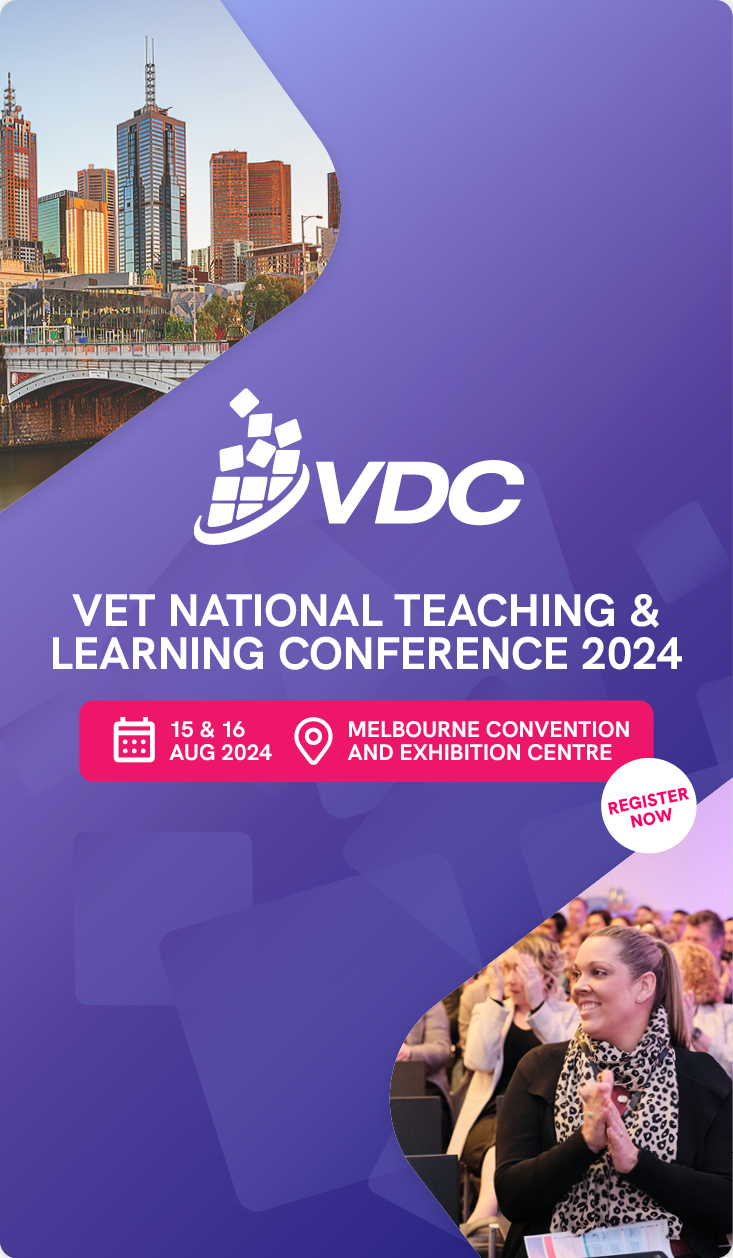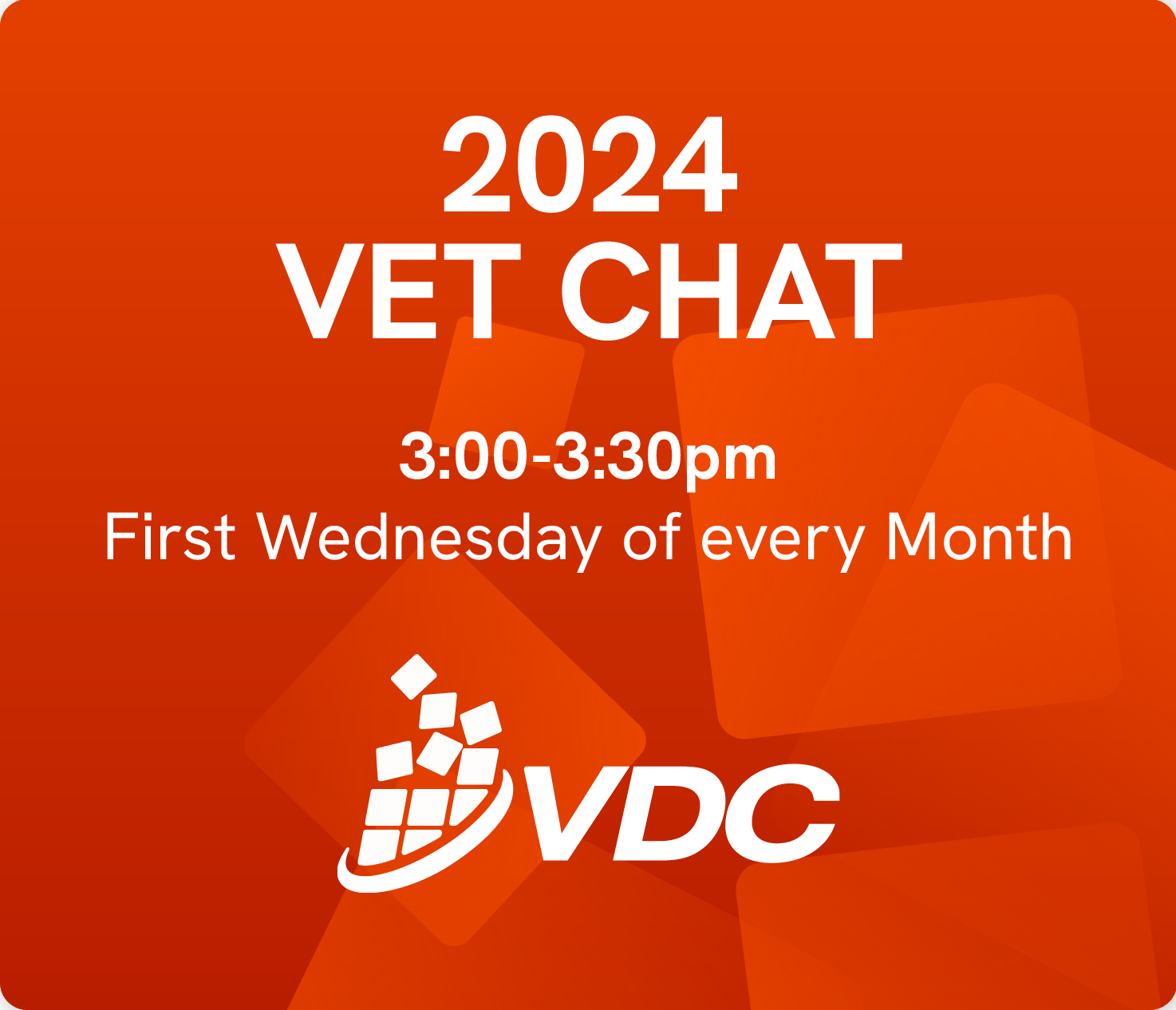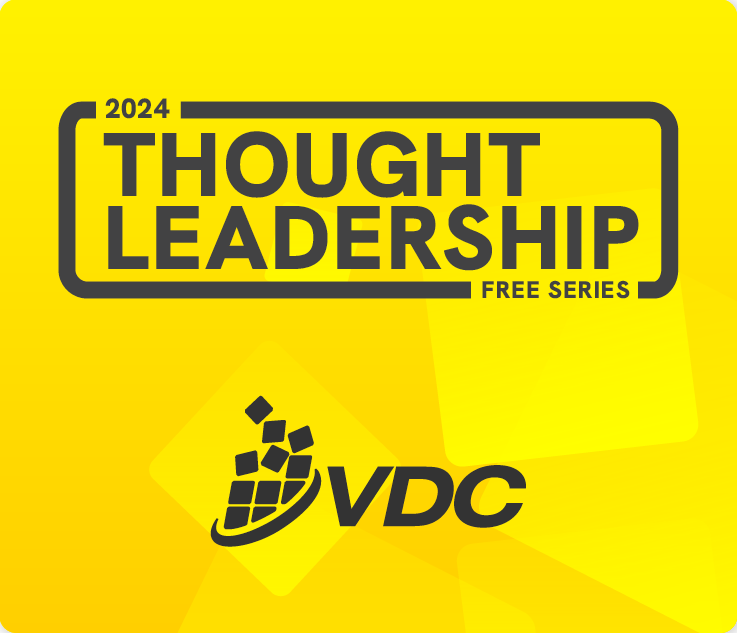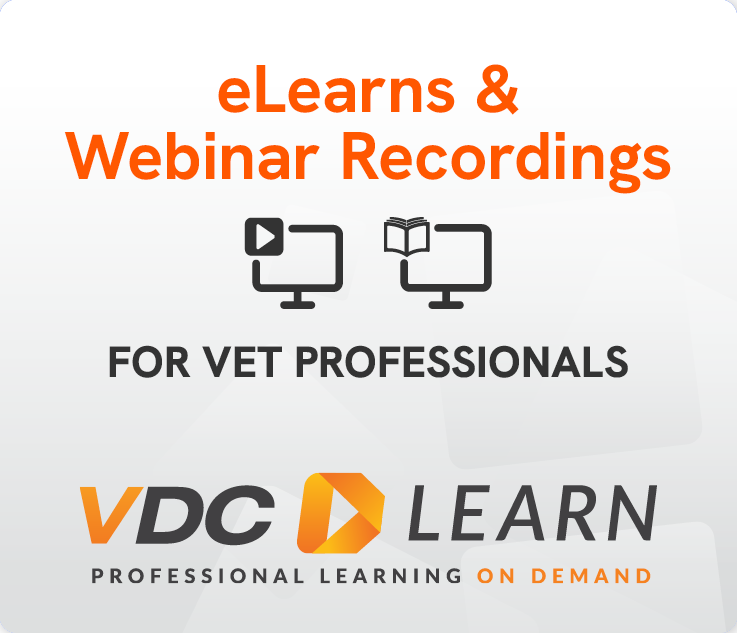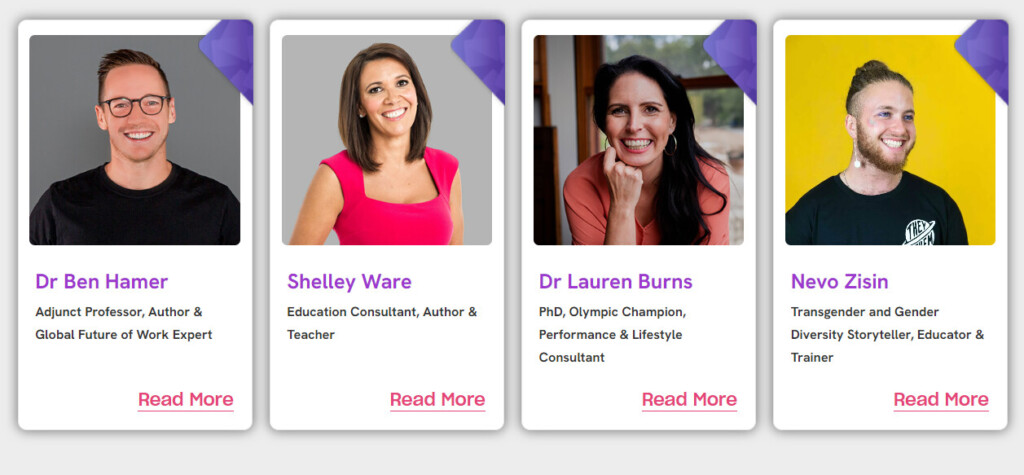VET practice and new technology
VET practitioners often lead their university colleagues in teaching and learning practices.
For nearly 15 years, Texas-based New Media Centers (NMC) has produced an annual review of emerging educational technologies – what’s coming and what it means for learning and teaching. There are reviews for a variety of audiences, including school education, museums and libraries. There’s also one for higher education. While not focussed on vocational education, the report is worth reading for three reasons: many VET providers are also higher education providers; most learning technology challenges are the same across tertiary education; and sometimes you find VET is ahead of the game!
Produced in collaboration with EDUCAUSE, the annual higher education review now includes three sections:
- Key Trends: Accelerating Technology Adoption in Higher Education
- Significant Challenges Impeding Technology Adoption in Higher Education
- Important Developments in Educational Technology for Higher Education.
Rather than looking at what new educational technologies are coming over the hill, this article dwells briefly on two entries in the second section of the NMC Horizon Report: 2017 Higher Education Edition (60 pages). In both instances VET is ahead of the game – staying there is the sector’s challenge.
Integrating formal and informal learning
In effect, this impediment to technology adoption is one VET is almost over the hurdle on. But it’s a hurdle most universities haven’t tackled yet. The Horizon Report 2017 bemoans the lack of a generic framework or systematic approach for recognising learning that has occurred outside the formal learning program. The internet provides ready access to an extraordinary range of information, skills development, peer learning opportunities and more. Many students make sound use of that access but receive no recognition for it.
You will probably recognise here something that sounds a lot like what Australia’s VET system has long provided. Recognition of Prior Learning (RPL) awards competencies to applicants who demonstrate they have skills and underpinning knowledge. However, our RPL processes and practices are patchy. And we tend to focus on existing workers rather than school leavers. There’s a tendency to sideline learning from non-employment contexts.
As a nod to the future of RPL in universities, the Horizon Report 2017 offers the example of Australia’s Macquarie University. Its RPL policy ‘provides a framework for students to gain credit for informal learning through work, social, family, hobby, or leisure activities and experiences as well as other unofficial programs and courses.’ In effect, this takes the RPL notion familiar in VET and formally lets it loose in new territory. In Australia, VET leads tertiary education in RPL. Let’s see it for the advantage it is and develop it further.
Rethinking the roles of educators
The Horizon Report 2017 also observes teachers are confronted by educational technologies that disrupt familiar teaching and learning approaches and/or require new pedagogical skills. It notes that working its way into the higher education scene is competency-based delivery – a delivery mode that speaks directly to VET expertise. But twinned with new learning technologies, competency-based delivery imposes new demands. Like their university counterparts, VET teachers need to keep up with the new expectations.
What do those expectations look like? The Horizon Report 2017 suggests teachers need to ‘think more like project managers with experience in interpreting data, monitoring team
dynamics, and managing IT issues among other skills.’ Now that’s an interesting direction of professional development travel for VET practitioners.
